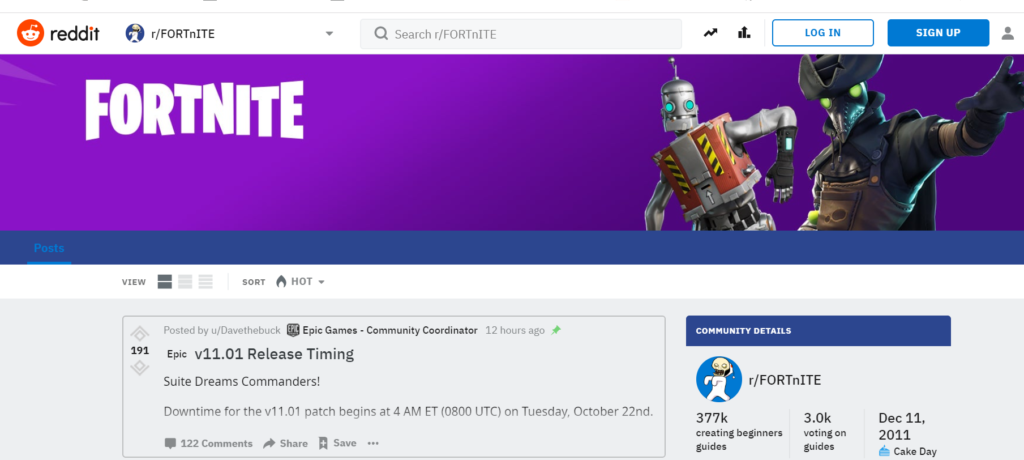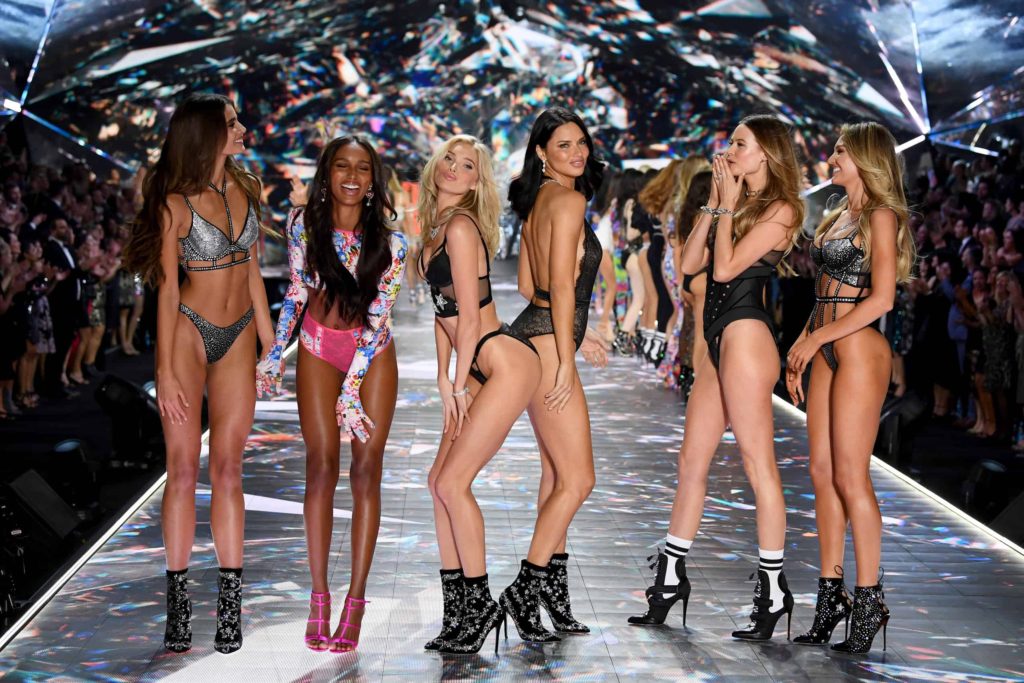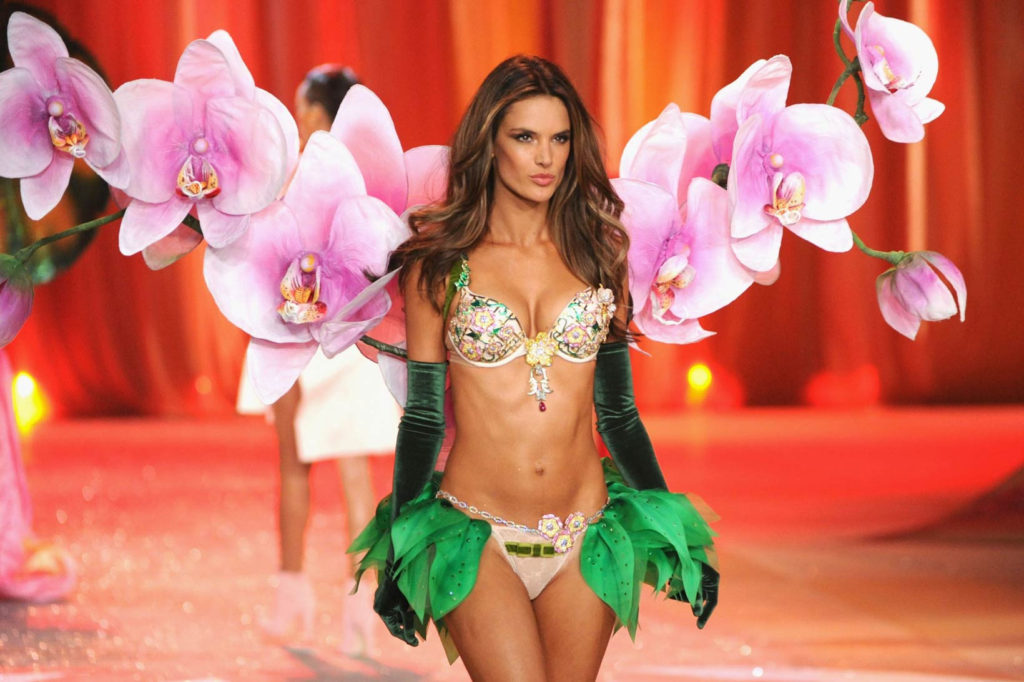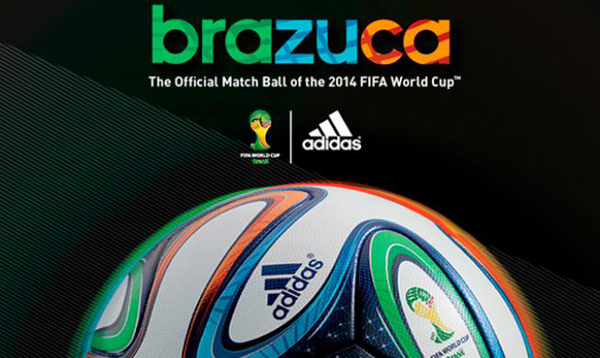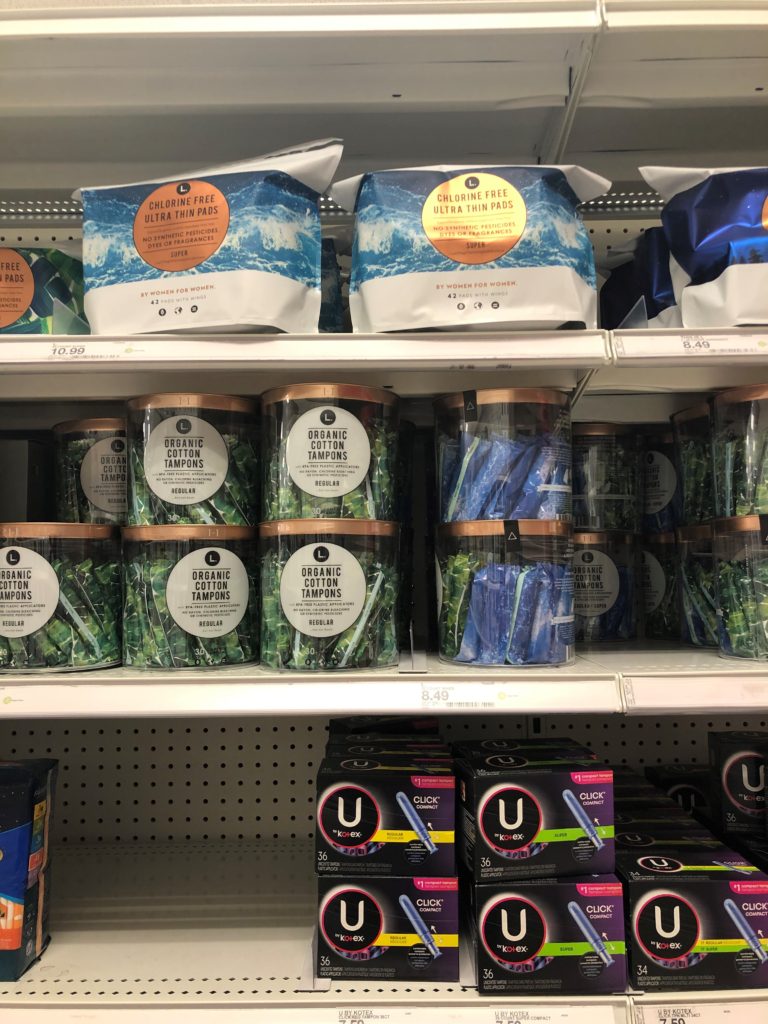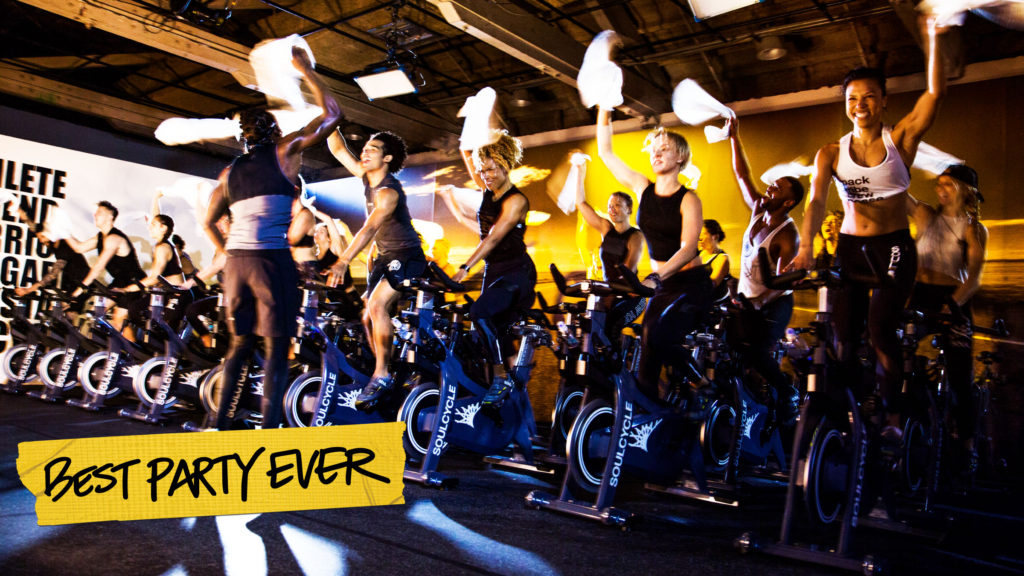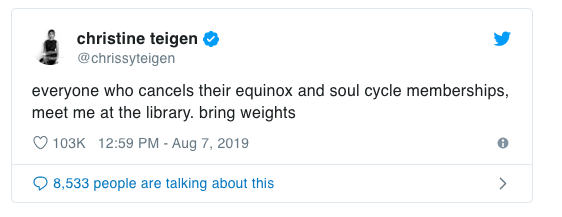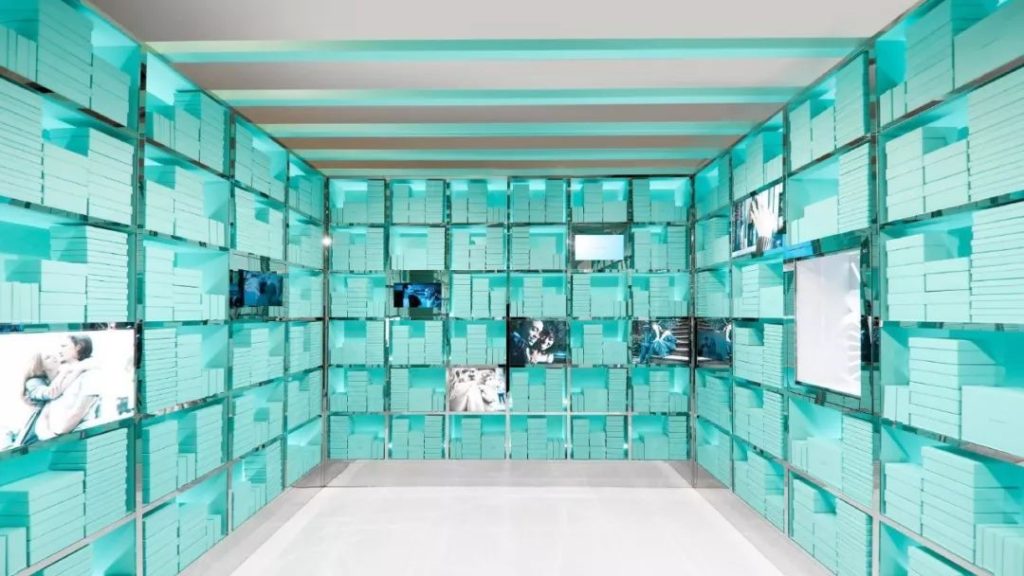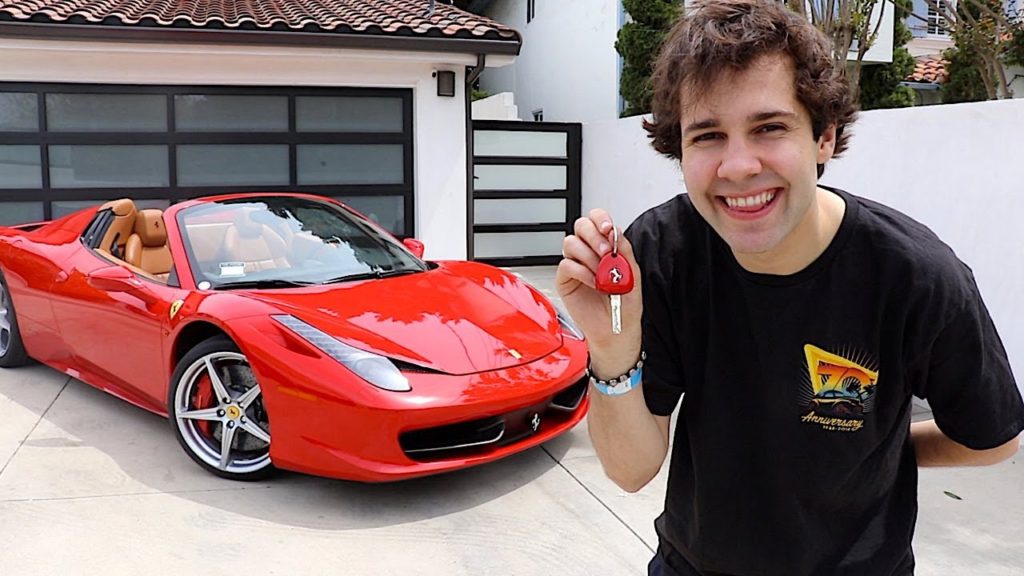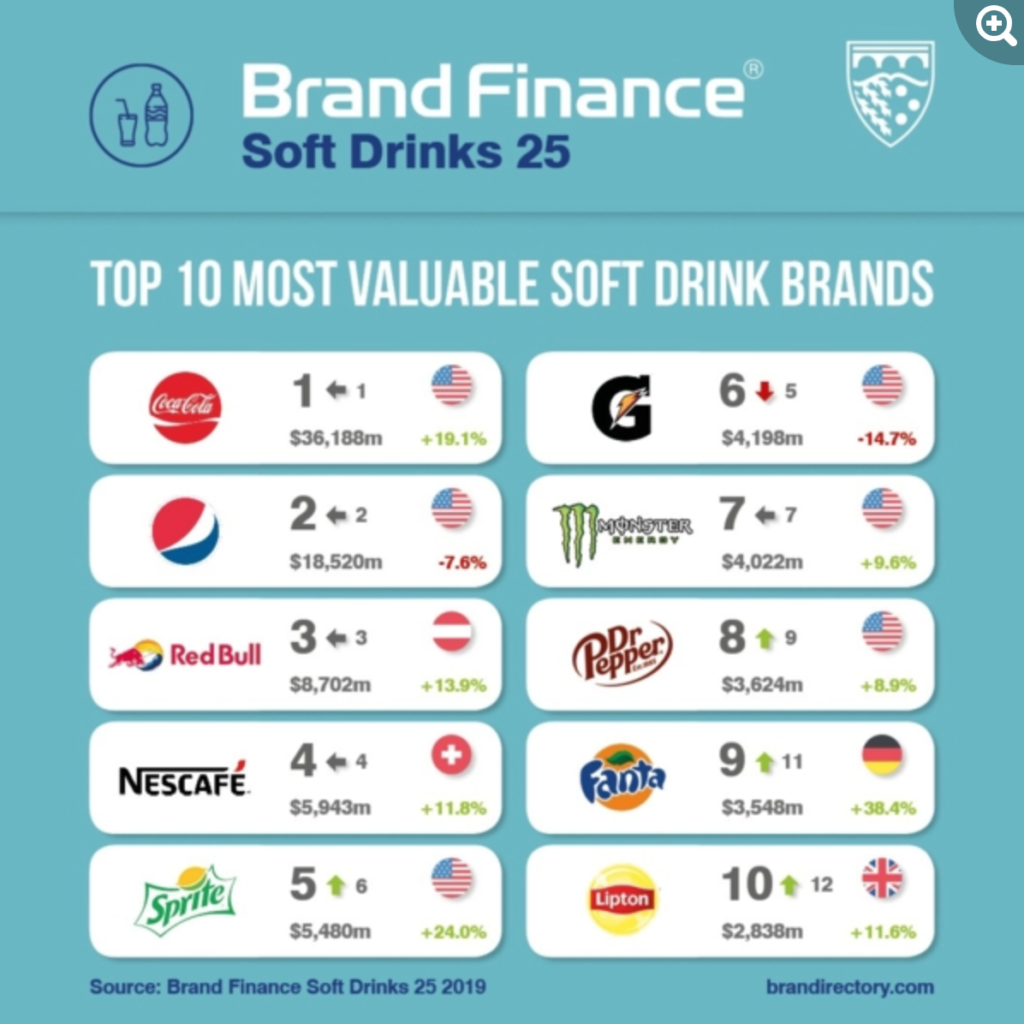There is a famous saying that “imitation is the sincerest form of flattery”. In the marketing world, however, brands that imitates other brands are often frowned upon, often with good reason. From the more subtle “Chrisdien Deny” to the hilariously bad “Star F*cks Coffee”, copycat brands are just about everywhere nowadays. In 2007, a Bloomberg article coined the term “Brandjacking”, a combination of “branding” and “hijacking” for this kind of practices.
Brandjacking is an activity whereby someone acquires or assumes the brand identity of another entity for the purposes of acquiring that person’s or business’s brand equity.
Different from flat out copyright infringement and counterfeiting, the definition of the term brandjacking as a business tactic is actually neutral. Unfortunately, in reality most of the brandjackers attempt to copy the name of the brand or recreate certain features of the original product, but fail to pay attention to building a good, unique brand identity for themselves. Most consumers are able to see through these tricks and recognize the lack of brand personality and perceive the brands negatively as a result. Nevertheless, there are some companies who were able to use successfully brandjack and build extremely successful businesses, including the famous energy drink company Red Bull.
Red Bull is currently the best-selling energy drink in the US, and can be easily found at any night club, supermarket or convenient store. It is also closely associated with various extreme sports competitions, e-sports teams, as well as music and art events. As familiar as you are with the iconic blue and silver can of Red Bull, you may be surprised to learn that the company is actually based in Austria, and that the Red Bull drink itself originated from Thailand.
In 1984, an Austrian marketer Dietrich Mateschitz bought a bottle of a drink called Krating Daeng in Thailand during his visit there and was surprised to find that it had cured his jet lag. Krating Daeng comes in small, 150ml medicinal-looking amber glass bottles that features two bulls charging at each other on its original packaging. The original drink contains caffeine, taurine, glucose, B-vitamins and various other ingredients and targeted blue-collar workers who frequently endure long hours as an “energy booster” and were sold in 7-Elevens, corner shops and curbside kiosks for a low price that was affordable for its target market.
Mateschitz reached out to Chaleo Yoovidhya, the Thai founder of Krating Daeng, and made a deal that allowed him to start a company in Austria to sell the energy drink abroad, along with the rights to use the logo and formula. However, it took Mateschitz three years of careful planning and testing to develop a new formula, packaging and marketing strategy for the drink that would work for the Austrian market. The final product that was launched in 1987 used the English name “Red Bull” and has a tweaked formula to appeal to Western pallets. Much of the core ingredients and flavor remained the same but carbonation was added, which allowed the drink to be lighter and better serve as an alcoholic drink mixer. In addition, Mateschitz also changed the small glass bottle packaging into the iconic silver and blue cans that appeal to the western aesthetic.
In 1987, the energy drink market was non-existent in the Western hemisphere, and Mateschitz understood that adopting a novel approach to marketing and advertising was necessary to carve out a new market. As a result, Red Bull was positioned differently from traditional sports drinks and strategically targeted an upper-scale market of fun-loving, young adventure seekers and party-goers, instead of blue-collar laborers or fitness-oriented consumers. It fully embraces the brand ideal to “uplift mind and body; it exists to energize the world”. From sponsorships, partnership to advertisements, Red Bull’s communication efforts are all about inspiring consumers to explore new horizons and experiences. One of the largest and most successful event campaign Red Bull sponsored was the Stratos project, in which Felix Baumgartner successfully jumped from the edge of space, after getting up to 102,800 feet in a balloon.
Over the years, by establishing a unique set of brand personality: innovative, individual, unpredictable, humorous, and non-conformist, Red Bull has successfully differentiated, or even elevated its brand from the Thai drink Krating Daeng. Today, Red Bull has a global presence and has gained great customer loyalty because of its innovative and different marketing strategy. This story shows that brandjacking really isn’t all bad – taking inspiration from others is a perfectly normal thing to do. What is really bad is careless marketing efforts and lack of care to building the brand.
Can you think of any other company that did brandjacking right?
References:
Garbe, B. (2012). How a brand’s ideals can fuel its growth. Quirk’s Marketing Research Review.
Katai, R. (2018). 10 lessons Red Bull can teach you about marketing. Retrieved from https://robertkatai.com/red-bull-media-company/
Krausz, T. (2018). Story behind world’s top energy drink: How Thailand created Red Bull. Retrieved from https://www.scmp.com/lifestyle/food-drink/article/2156996/red-bull-story-how-worlds-top-energy-drink-began-thailand-it.


